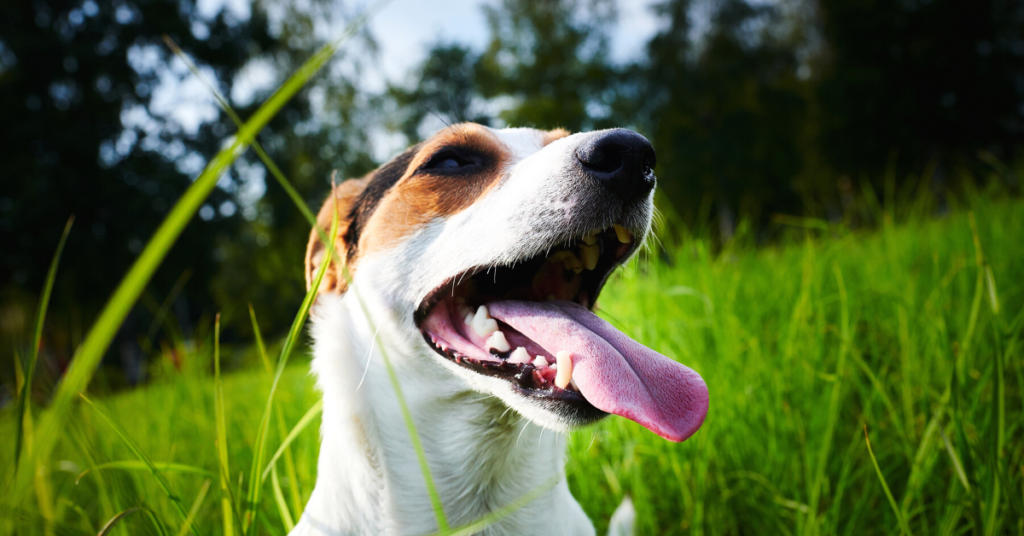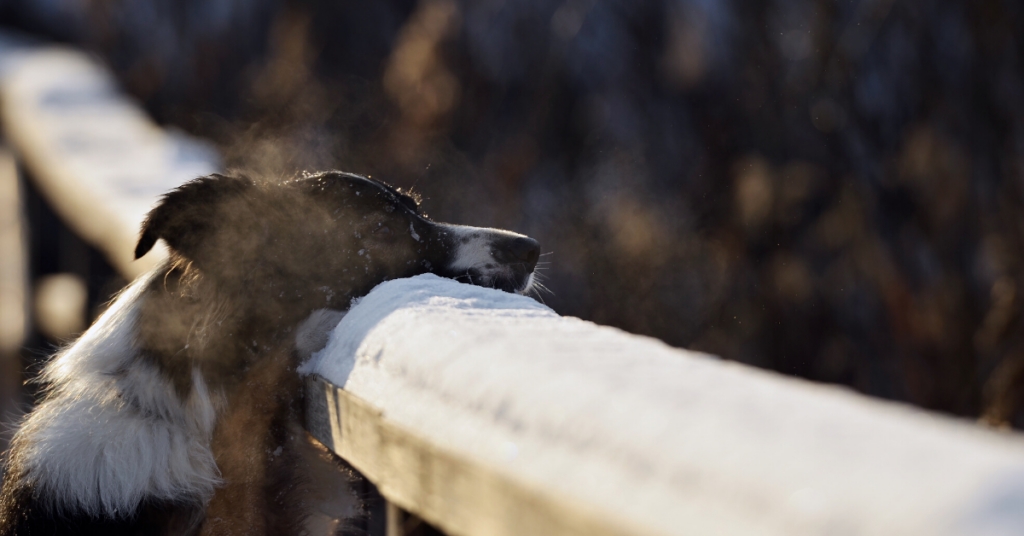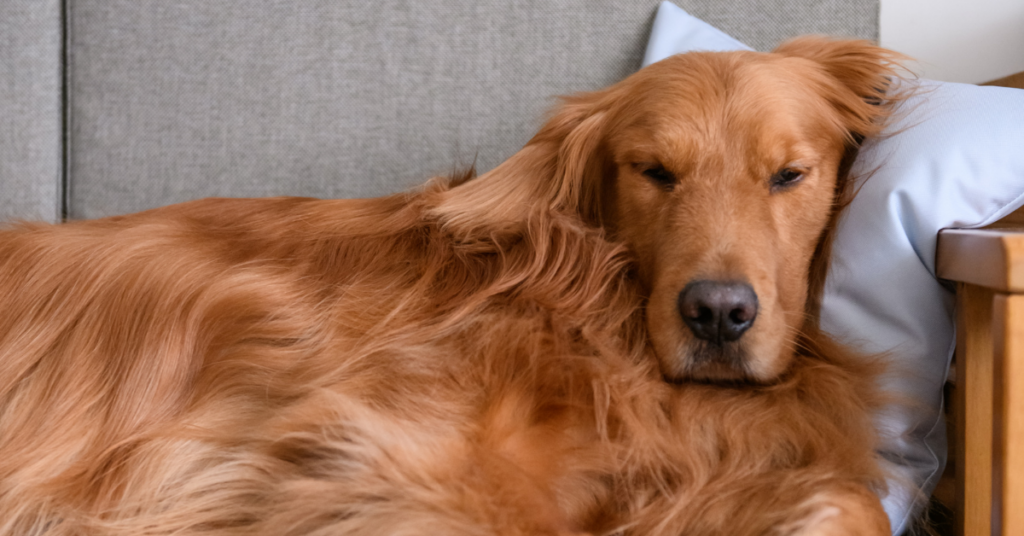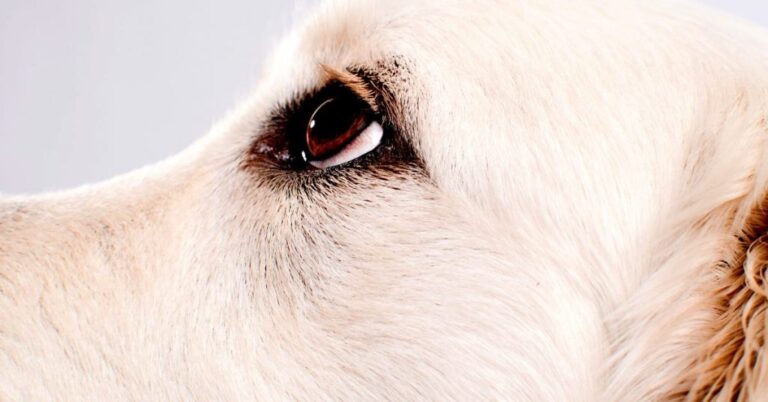What is a Normal Respiratory Rate for Dogs?
Reviewed by Lauren Cannon, DVM
If something seems off with your pup, you’ll be glad to know the normal respiratory rate for dogs.
Being able to successfully take your dogs respiratory rate can help assess whether a health situation is an emergency or not.
It’s important to monitor your dogs respiratory rate as a change in their breathing rate can be an indication of a more serious problem.
Commonly, a change in their breathing can be an early sign of heart failure or signal pain or a fever.
What is a Respiratory Rate?

A respiratory rate is the number of times your dog takes a full breath (in and out) over the period of a minute.
It’s advised to take it when your dog is either at rest or sleeping.
What is a Normal Respiratory Rate for Dogs?
A normal respiratory rate for your dog is between 15 – 30 breaths per minute.
How to Measure Your Dog’s Respiratory Rate

Before checking your dog, make sure that your dog is resting or asleep and that they’re not panting or whining.
1. WATCH YOUR DOGS CHEST
Assess what their breathing rate looks like.
Watch your dog’s chest as they take a breath in and out.
For the respiration rate, you’re looking to count the number of breaths:
ONE BREATH = FULL BREATH IN AND OUT
If you’re unsure of what one breath is, you can feel your dog’s body lightly to be sure when their chest rises and falls.
2. COUNT YOUR DOGS BREATH OVER A MINUTE
Set a timer on your phone for one minute.
Count the number of times your dog’s chest rises and falls in that time.
A normal respiratory rate for dogs is 15 – 30 breaths per minute.
You can also count for a lesser time and multiply to reach a minute.
For example, you could count for 15 seconds and multiply by 4 to calculate the number of breaths for one minute.
3. KEEP A RECORD OR SEEK EMERGENCY CARE
If your dog’s respiratory rate is within a normal range, but you want to monitor them, keep a record somewhere so you can come back to it later.
If you get an abnormal breathing rate, wait for 30 minutes and check it again.
However, if their breathing rate is abnormal again and you’re concerned, find an emergency vet near you who can help advise whether your dog needs to be seen.
When in doubt, it’s always best to check with a veterinarian.
Other Vital Signs to Check

If you’re concerned for your dog, you can also check their heart rate and temperature.
HEART RATE
To check your dog’s heart rate, place your hand on the left side of their chest.
You should be able to feel your dog’s heart beat.
Similarly to tracking your dog’s breathing, count the number of beats per minute.
A normal heartbeat for a dog depends on their size:
SMALL DOGS/PUPPIES: 120-160 beats per minute
DOGS OVER 30 POUNDS: 60-120 beats per minute
LARGER DOGS: The larger the dog, the slower their normal heart rate is.
When in doubt, call your local emergency vet for guidance.
TEMPERATURE
To check your dog’s body temperature, you’ll need to use a thermometer. A digital thermometer is best, as it should give you a reading in about a minute.
You’ll most likely need two people: one to keep the dog standing and the other to take the temperature.
As you’ll have to place the thermometer in your dog’s anus, their first instinct will be to move away or try to sit down.
Before inserting the thermometer, cover the tip with a small amount of lubricant such as petroleum jelly. This will make the process easier and more comfortable for your dog.
When placing the thermometer inside your dog’s anus, make sure you gently push it against the intestinal wall to get an accurate reading. It should be inserted about an inch in smaller dogs, about 2 inches in larger dogs. Hold the thermometer in place until the reading is steady or it beeps.
A normal temperature for dogs is between 100 to 102.5 degrees Fahrenheit.
If your dog’s temperature is outside this range, it is best to contact a nearby veterinarian.
Tips for Measuring Your Dog’s Respiratory Rate

- Make sure your dog is resting or asleep.
- Place your hand on their chest to accurately monitor their breaths in and out.
- Create a quiet, calm environment to assess your pet in.
- When in doubt, call your nearest emergency vet for advice.







